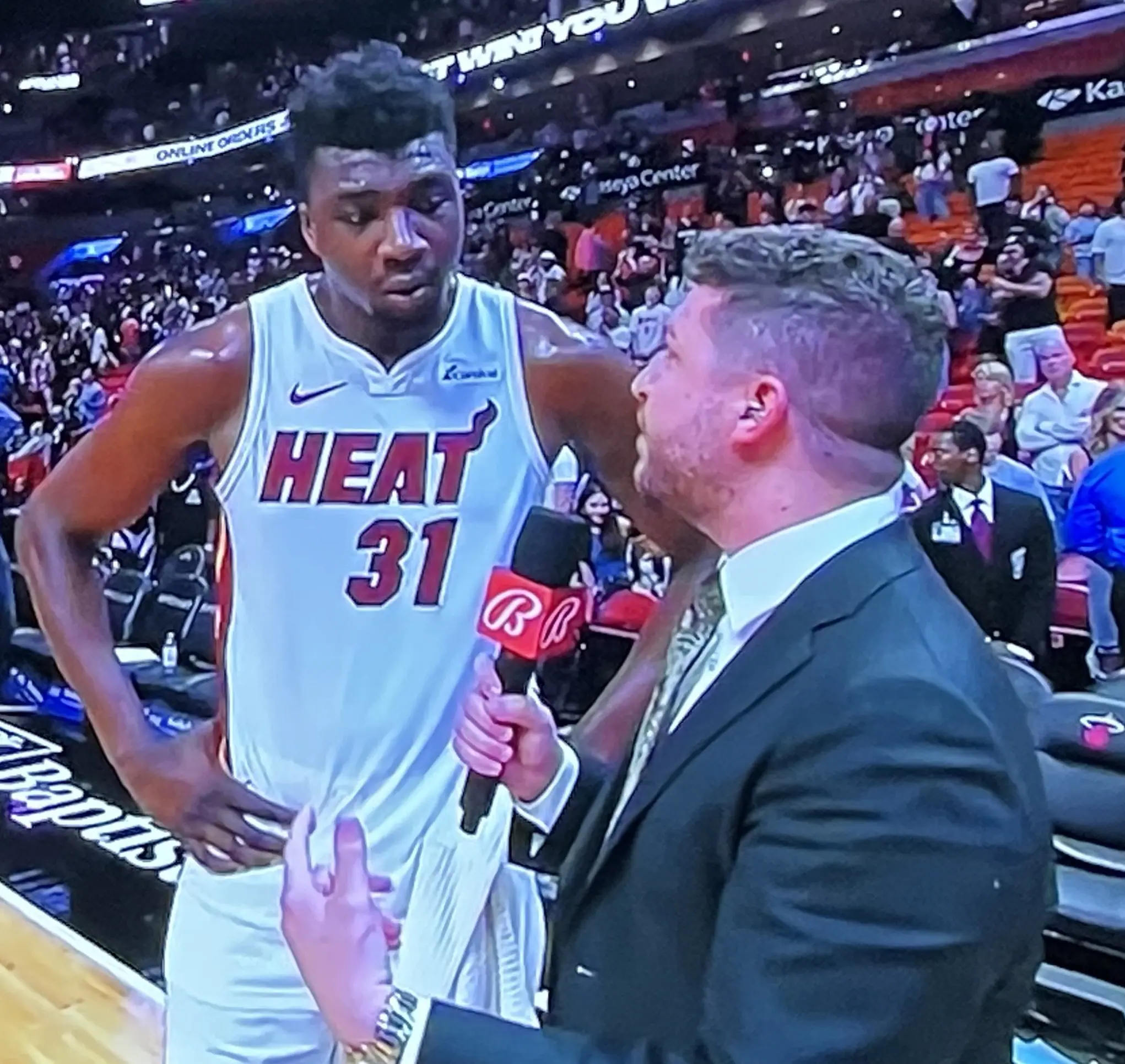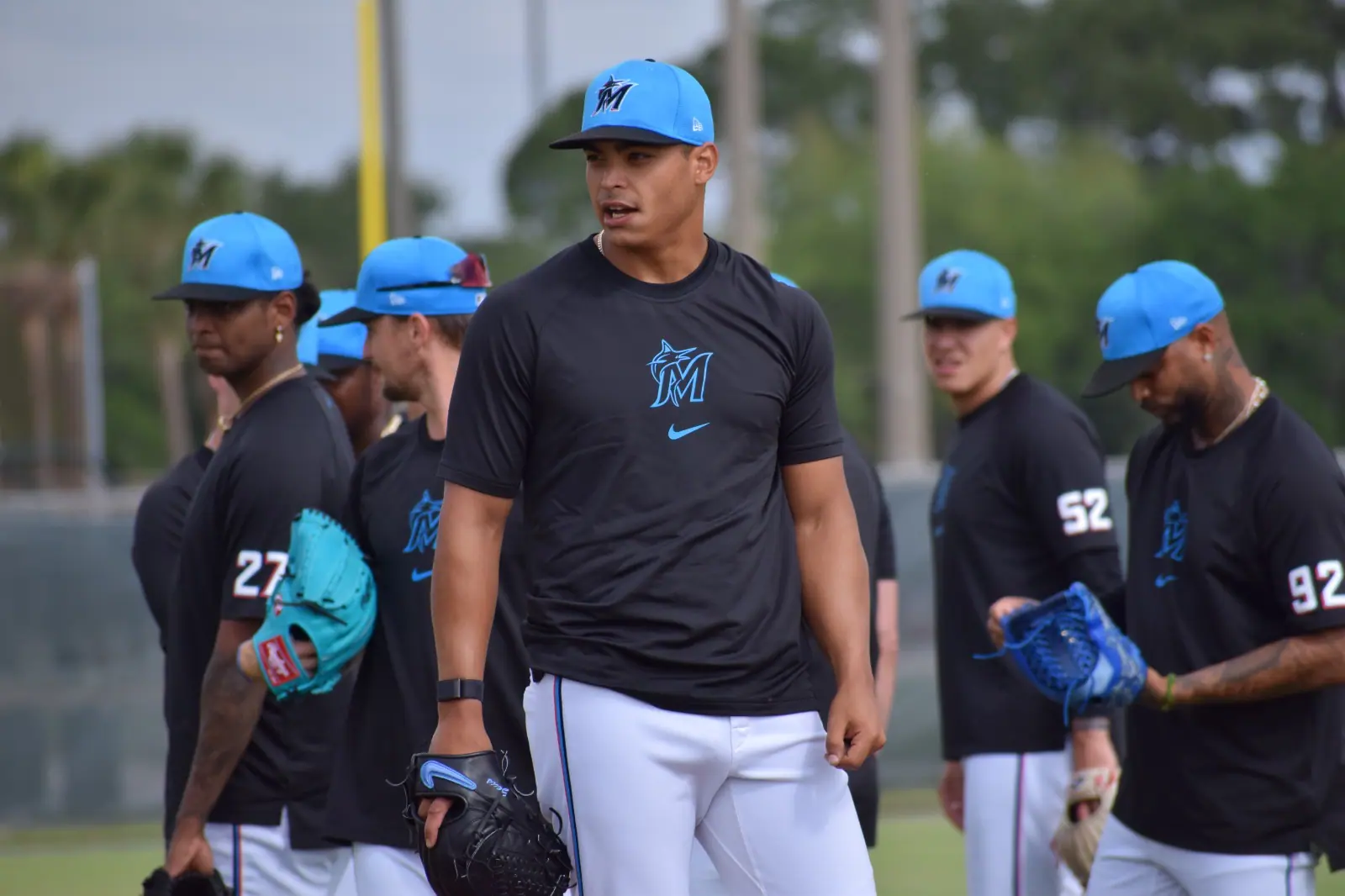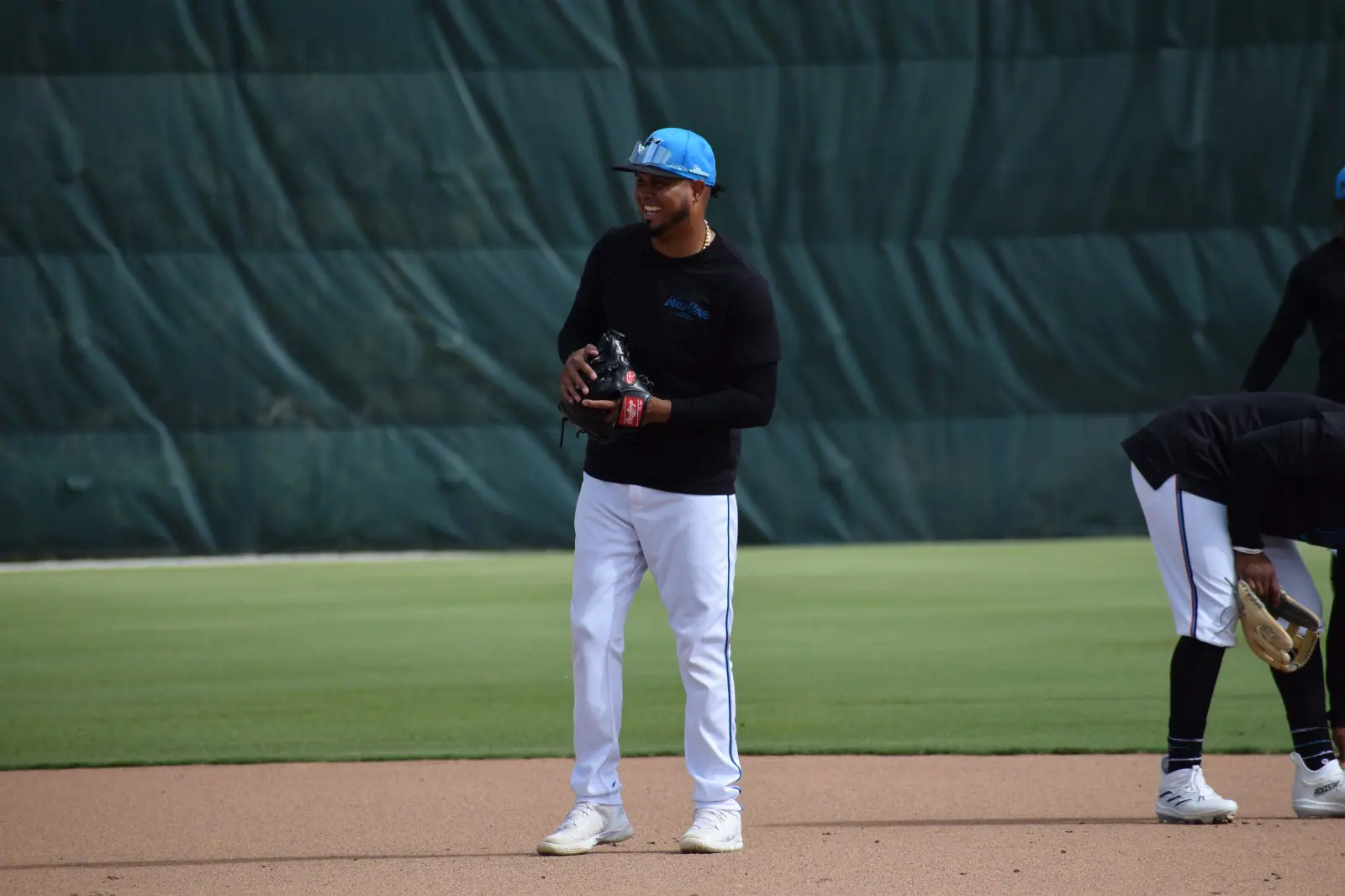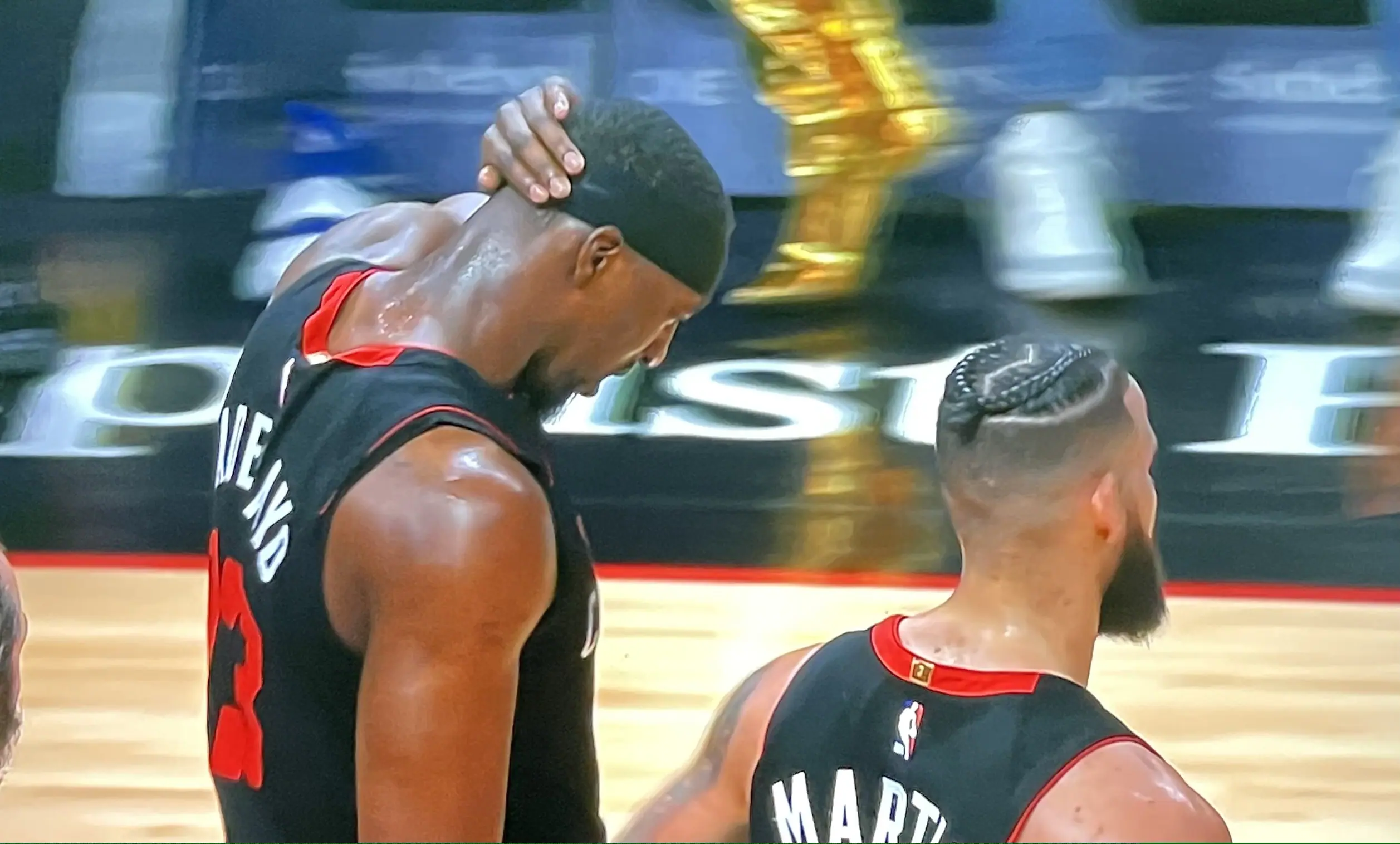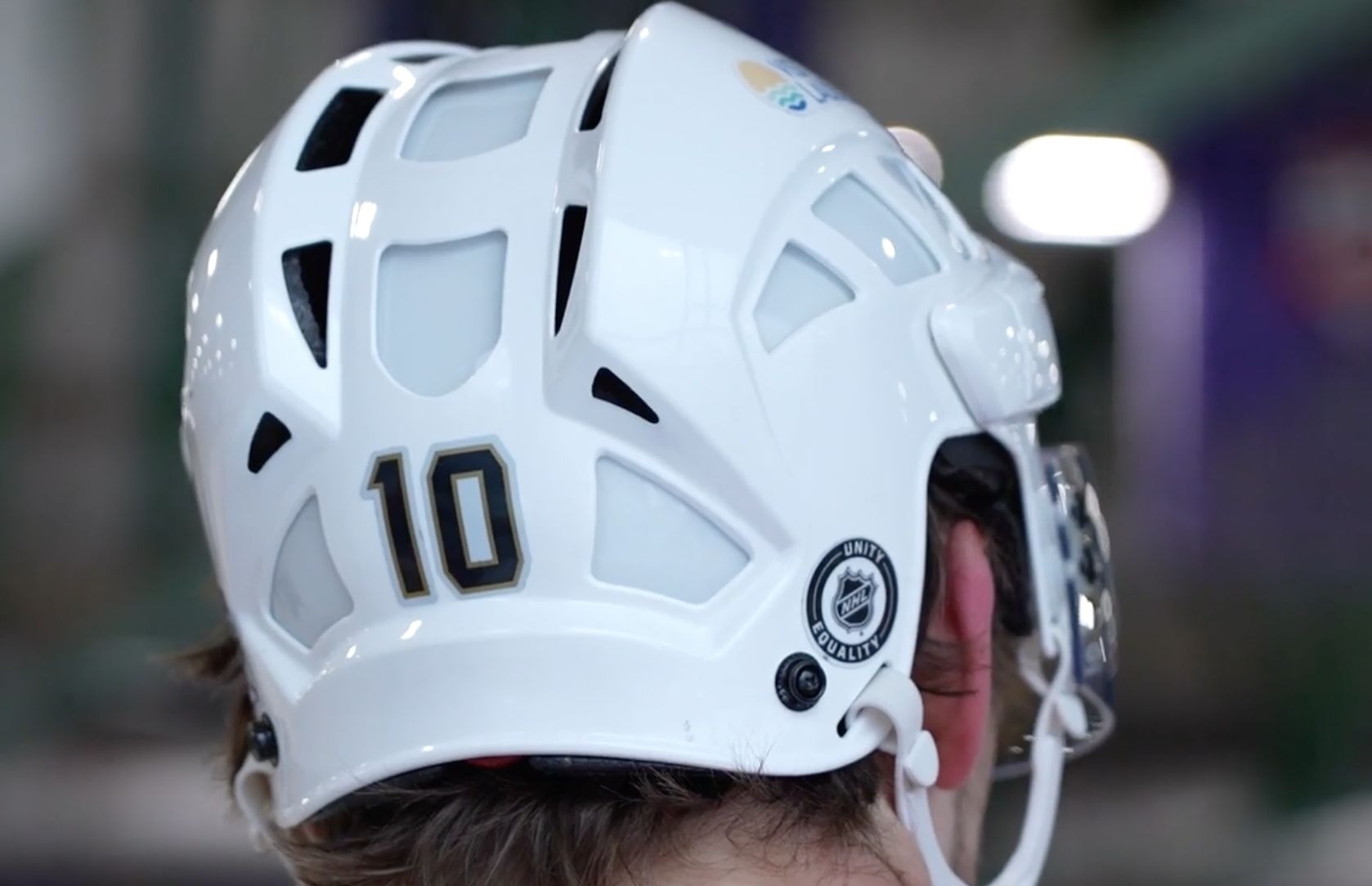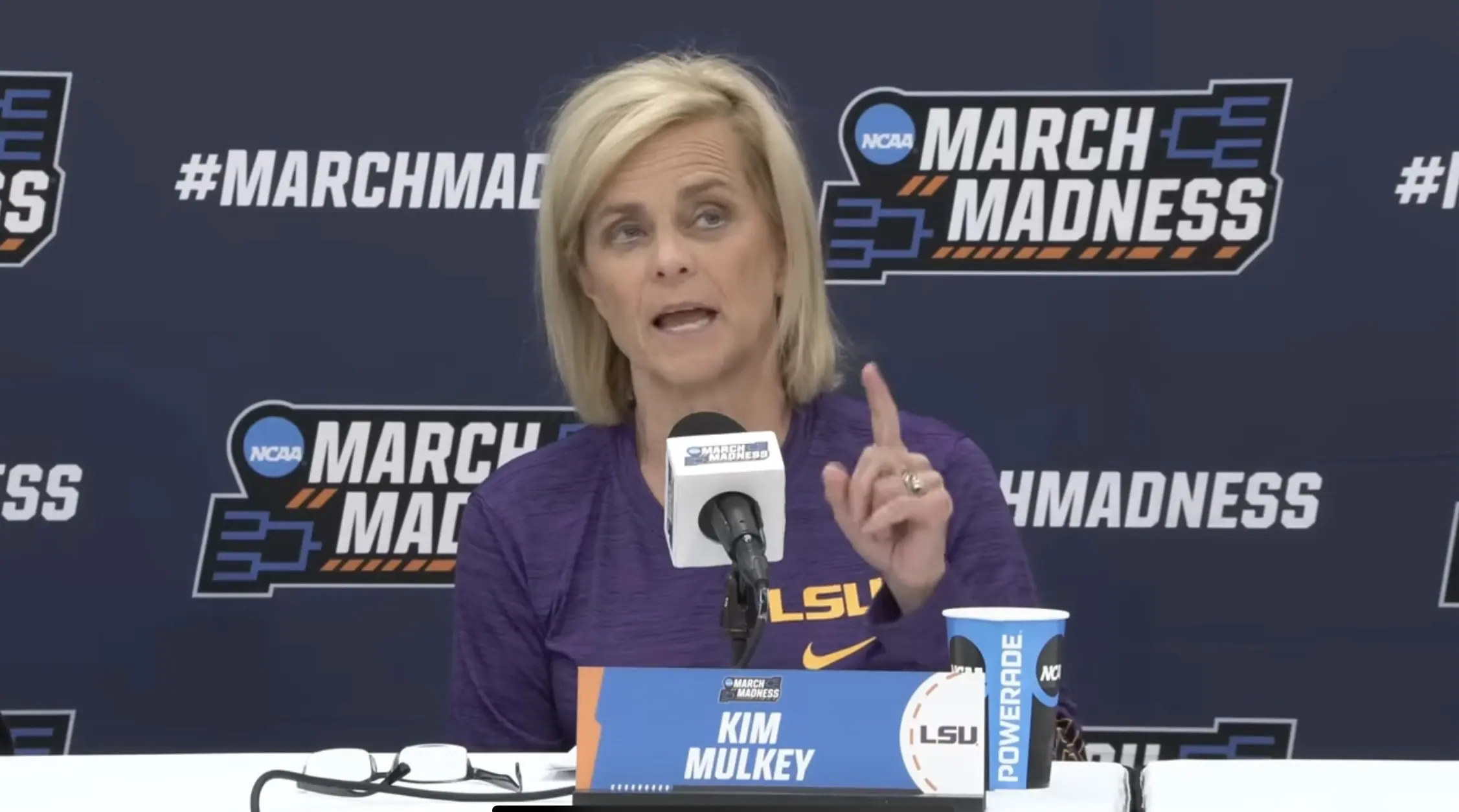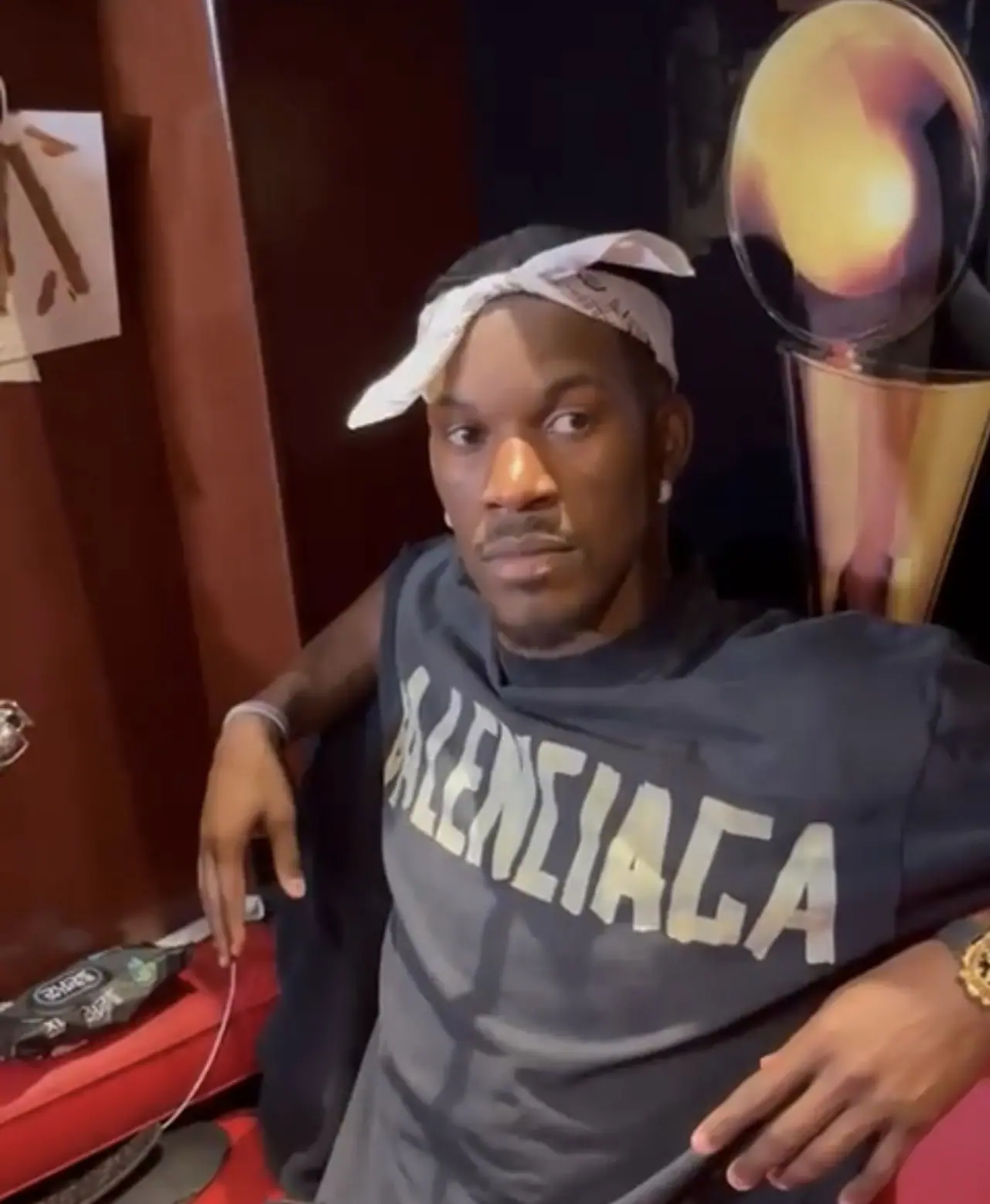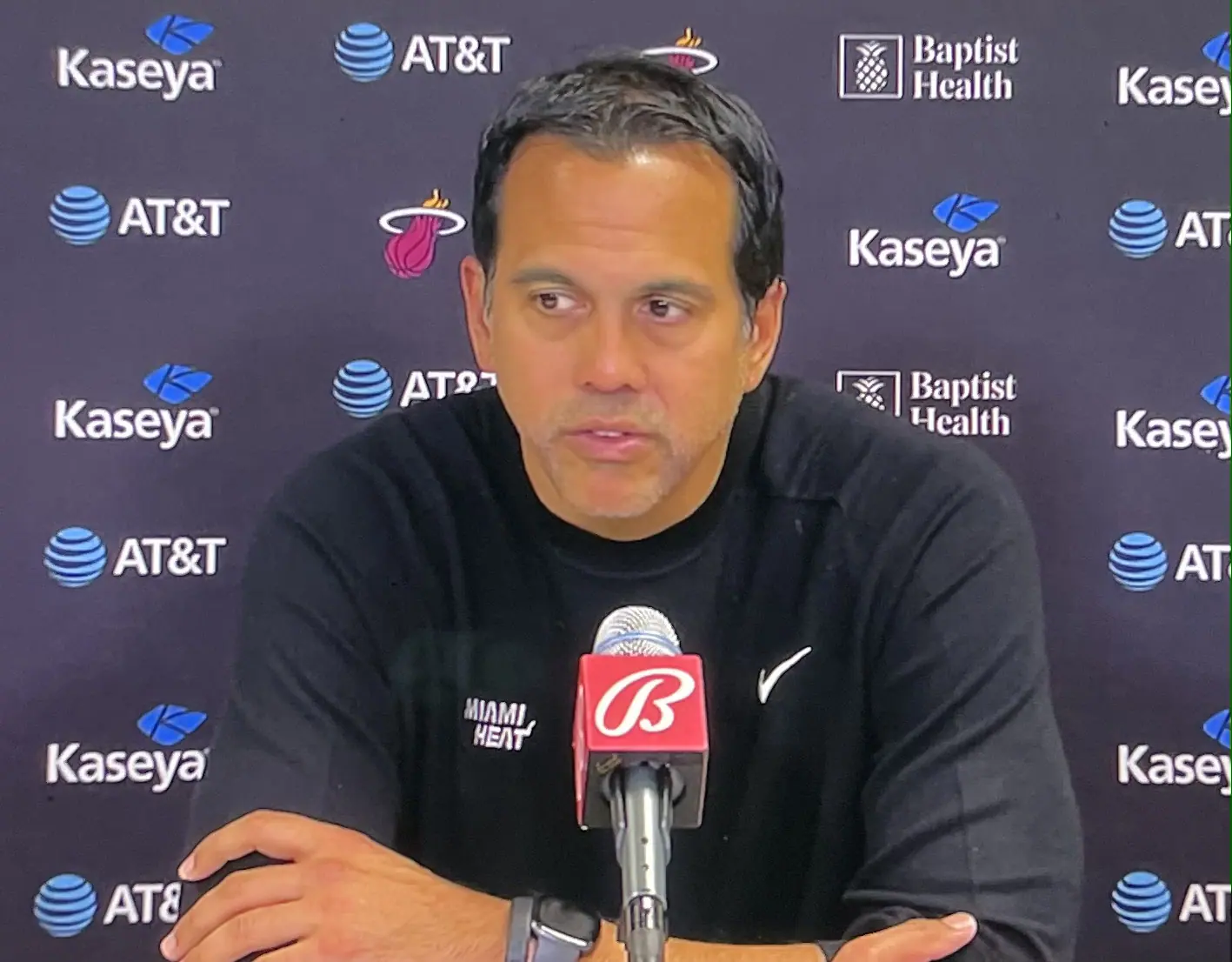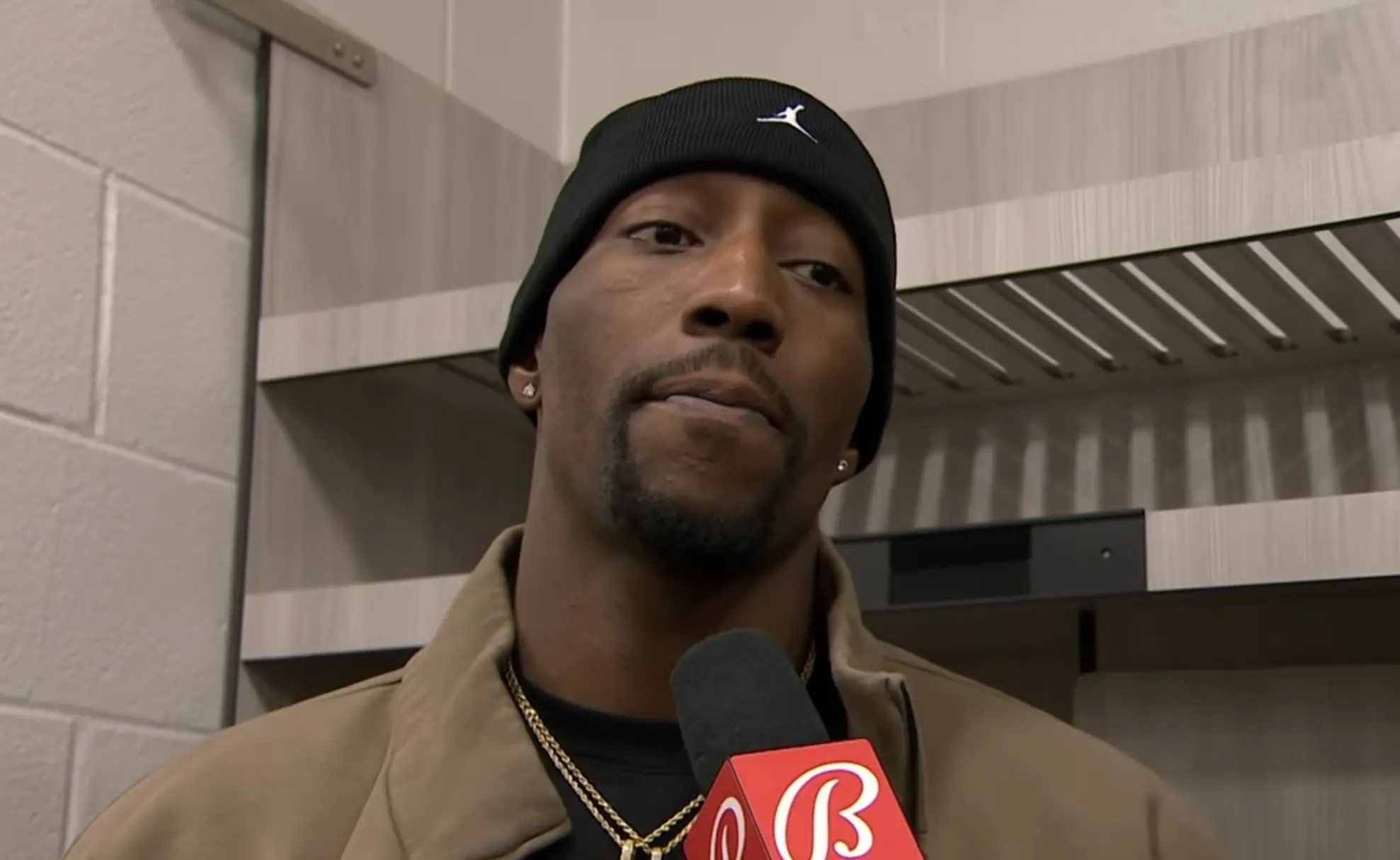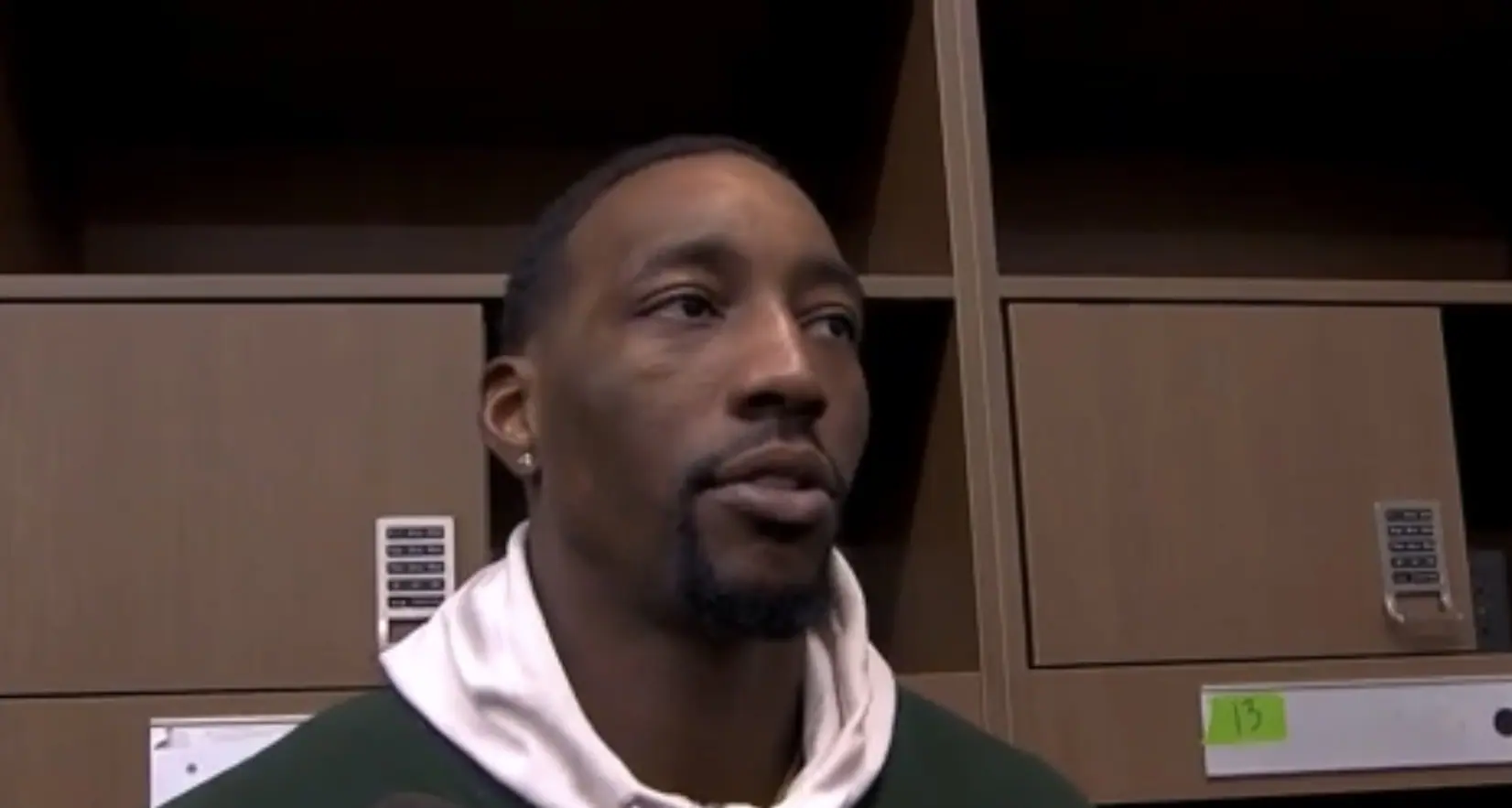Mateo’s Hoop Diary: The Heat reduced the Trail Blazers to a pile of ash in the most lopsided win in franchise history
Trail Blazers general manager Joe Cronin sat somewhere, likely with a scowl that can kill roses, witnessing the Heat mow down his G-League Trail Blazers in Miami. The visitors were so inept that they lost by 60 points and made a clumsy transition team look like greyhounds. The NBA’s old slogan reads “where amazing happens,” but the reality is that it’s where degradation occurs and there’s no mercy rule.
The Heat were without Tyler Herro (foot) and Duncan Robinson (back). The Trail Blazers were missing Jerami Grant (hamstring), Toumani Camara (rib contusion) and Malcolm Brogdon (elbow).
After the game, Portland’s coach Chauncy Billups spoke to the press. He said, “It was unfortunate because [in the] first four or five minutes, we started the game off playing really clean, and it didn’t last long.”
Following that decent start by the Blazers, which featured brief two-man actions with Kris Murray and Deandre Ayton, the hosts cracked its code, shattering backline protections and smothering rival attacks on a 25-10 run to close the frame. Jimmy Butler finished a lob on the right side and made two freebies. Bam Adebayo converted a left elbow jumper and three baskets in the lane. And the rest of the squad contributed five 12 shots in the quarter.
After one period, the Heat was ahead 29-19, shooting 52.6% to the Trail Blazers’ 45%.
Then the guests yielded following a flurry by backup big Thomas Bryant, Caleb Martin, Jaime Jaquez Jr., and Haywood Highsmith. On top of that, Adebayo supplied four of five more buckets and Terry Rozier provided eight points as the Heat outscored the Trail Blazers by 24 in the quarter.
At halftime, the Heat was up 74-40. The group had 30 paint points, 23 on the break, none via second chances, 15 after turnovers and 29 from the bench.
Adebayo scored 18 points on eight of 10 attempts, with six rebounds, five assists, two steals and one block. Rozier had 14 points on 41.7% shooting, with two rebounds and four assists. Bryant logged 10 on his ledger, making five of seven looks, and recovered two rebounds and two blocks. And Highsmith recorded a dozen points on five attempts, with three rebounds.
The Blazers had 30 interior points, five in the open court, five on extra tries, seven after turnovers and seven from the reserves.
Deandre Ayton scored 13 points on eight of 13 ventures, with six boards. Dalano Banton put up seven marks on 37.5% accuracy and picked up four rebounds. And Scoot Henderson produced six points on three of eight shots, with three rebounds and two dimes.
Next, the Heat kept firing in target practice, making seven of 13 trifectas. Furthermore, its lead grew to 45 points near the midway mark of the quarter. The rest of the way was garbage time.
Only one Heat starter played in the fourth quarter: Patty Mills. The team had more than enough with JJJ, Bryant, Highsmith, Delon Wright and Jamal Cain. The advantage peaked at 60 with Cain’s step-back triple with 21 seconds left.
What more proof does the public need that this was a tune-up game that Cain got some action and Adebayo attempted three triples, making two? The latter has attempted at least three 3-pointers once in his career.
The Heat won 142-82; it’s the largest win in franchise history. The unit had 56 paint points, 32 on the break, six via second chances, 36 after turnovers and 69 from the bench.
The Heat’s six double-figure scorers were Bryant (26), Rozier (22), Adebayo (21), Highsmith (20), Mills (17) and Jaquez (12).
The Trail Blazers picked up 52 interior points, seven in the open court, 14 on extra tries, 11 after turnovers and 23 from the reserves.
Portland’s double-digit scorers were Henderson (20), Ayton (18), Banton (12) and Murray (11).
Bryant handled the on-court interview. He said, “I try to come out with the same energy every time out and just try to give us some relief for our guys out there.”
At the postgame presser, coach Erik Spoelstra was asked how coverages could shift if the three-point shot became a more significant part of Adebayo’s game. He said, “I think it would be a cool thing to explore, for sure. It will take some time before schemes change from other teams… We’re probably going to look back on this, four or five years from now, and not even remember these kinds of discussions.”
—
For exclusive Miami Heat content and chats, subscribe to Off the Floor:
